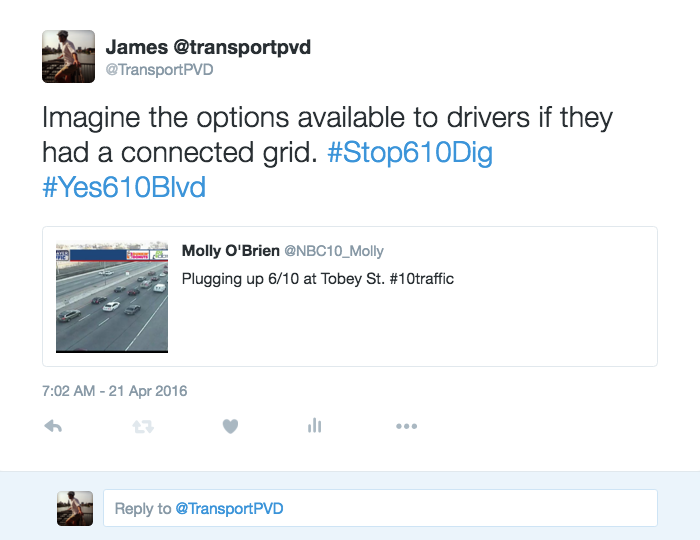James Kennedy: Signs from On High
Traffic engineers add many signs to a road, but often without consideration of whether a better fix could be made that doesn’t require a sign. These “signs from on high” look like a solution, but they are actually a sign of planning arrogance.
If you find that people speed on your neighborhood street, the street may actually be too wide (oftentimes this is due to zoning rules, rather than the desires of the developer). Putting a sign up on your street asking people to kindly act as if your street isn’t designed like a highway may be less successful than simply making the street more neighborhood-like in width (and narrowing your street will also save money in maintenance). Fixes like these don’t happen naturally because we have layers upon layers of unnecessary rules, but the invisibility of those rules to the average person makes it look like people chose this dysfunction freely.
Likewise, simply putting a sign up saying 55 mph does not mean that the road you’ve designed will actually function at high speed.
The concern we hear more than any other about the concept of a boulevard on the 6/10 corridor is how it will affect travel times.
Depending upon how long you make the boulevard section of Route 6, it could run from around 1.5 miles to 2.2 miles. That means that if we took as a given that Route 6 East always goes at an optimal 50 miles per hour, the additional travel time at 25 mph would be between 1 minute and 48 seconds (for a 1.5 mile boulevard) and 2 minutes and 38 seconds (for the 2.2 mile route). The remainder of Rt. 10, as well as Rt. 6 West, would operate at high speeds.
This is a small travel time difference, when balanced against the ability to knit communities together, redevelop 70 acres of land, and save hundreds of millions of dollars shortening bridges. But it also assumes that we even believe the notion that planners have successfully put their 50 mph sign atop Rt. 6 East. We know in reality that Rt. 6 East is congested a good bit of the time, so that speeds may in fact be well below 25 mph.
Why does a boulevard ensure smoother travel? Timed signals can help keep drivers following the speed limit from hitting any lights. But more importantly, by reconnecting the grid, drivers would have a greater number of choices that they could make in real time as traffic issues occur. So rather than assuming that the One Big Plan will fix the One Big Road, we rely in the boulevard model on many smaller routes carrying a diversity of options.
Conservatives have long railed against planning from above. Rhode Islanders should not assume that a 50 mph sign on Rt. 6 can be our security blanket. What we need instead are the options of a less expensive, more economically productive grid. That’s why the 6/10 Boulevard should continue to be a consensus proposal that unites left and right.


